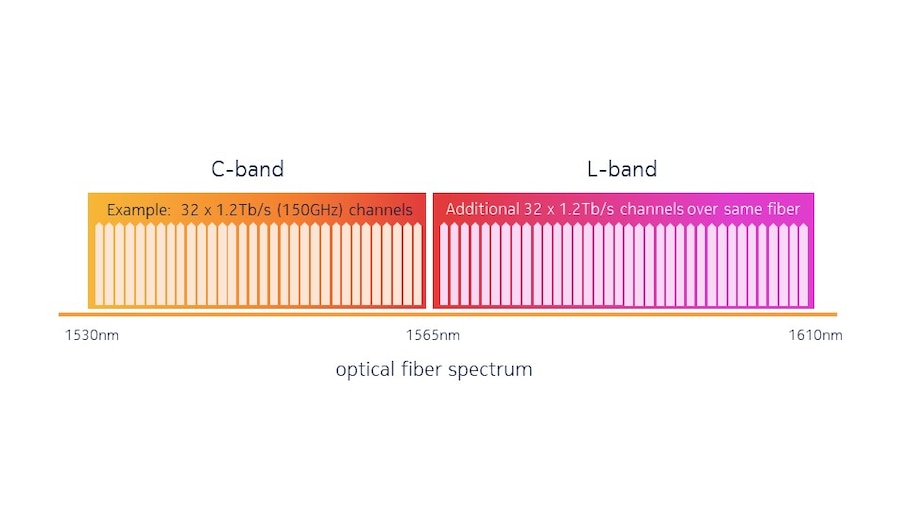1830 PSS/PSI-L Optical Line Systems
ROADM and C+L solutions for reconfigurable and scalable WDM networks
How wavelength switching and C+L band WDM enable scalable and flexible optical networks
Nokia’s 1830 family of wavelength division multiplexing (WDM) optical line systems combine multiple wavelength-specific coherent optics used in transponders, packet-optical switches, compact modular and router platforms, and interconnect them over optical fiber networks, across any topology or distance.
WDM line systems significantly increase the total capacity of optical fibers, amplify the optical signals to enable optical transport across metro to ultra-long haul and subsea distances, add/drop wavelengths where needed, and switch wavelengths at intermediate nodes to different directions and destinations. Optical line systems operate in the photonic, or optical, layer, providing significant cost and power reductions compared to performing similar functions using digital – in other words, electrical – implementations.
Nokia’s 1830 family provides a range of application-optimized platforms to support WDM optical line system functions, in either telco-optimized chassis that support coherent transponders, or in compact modular, data center optimized chassis that support optical line system-only functions. The same 1830 WDM optical line system equipment can be used interchangeably across these platforms, providing network operators with deployment flexibility, sparing commonality, and operational simplification.
What are the building blocks of WDM optical line systems
Nokia’s 1830 WDM optical line systems support a wide range of functions and features, including:
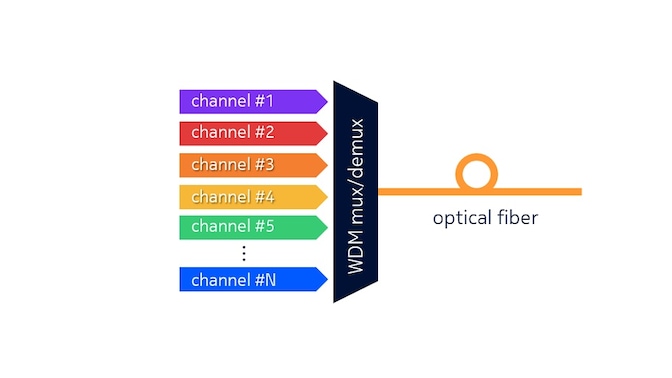
WDM multiplexing combines multiple wavelength-specific coherent optics into a single optical fiber, thus increasing the total data-carrying capacity of an optical fiber one hundredfold compared to single-wavelength operation.
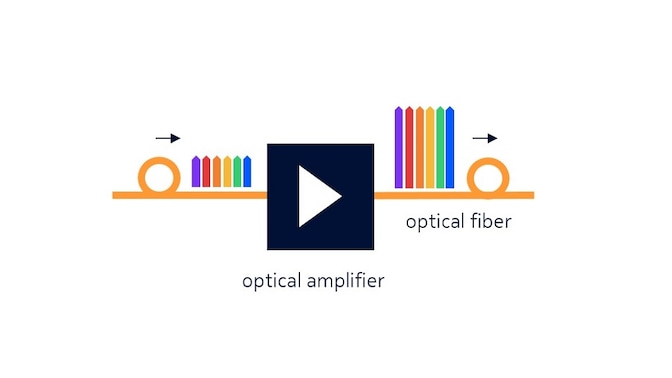
Optical amplifiers boost the power levels of the wavelength travelling across an optical fiber, increasing reach in a highly cost and power efficient manner. Erbium-doped optical amplifiers (EDFAs) allow end-end optical connections to be extended over a thousand kilometers, and can be complemented with Raman amplification to extend optical connections even further, over many thousands of kilometers.
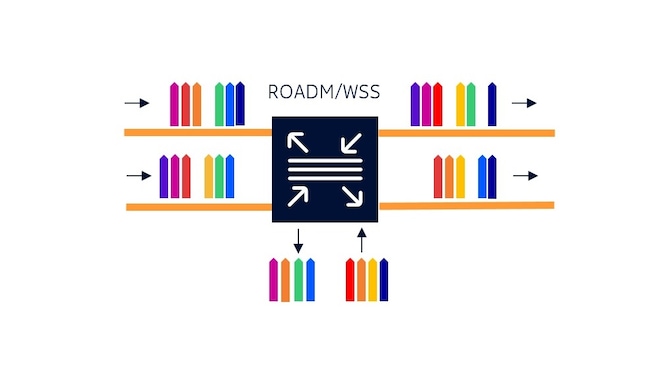
Reconfigurable optical add/drop multiplexers (ROADMs) and Wavelength Selective Switches (WSS) complement WDM multiplexing with the ability to selectively add/drop any wavelength, or many wavelengths, of any speed and spectral width, and enable wavelength switching between multiple optical fibers and directions.
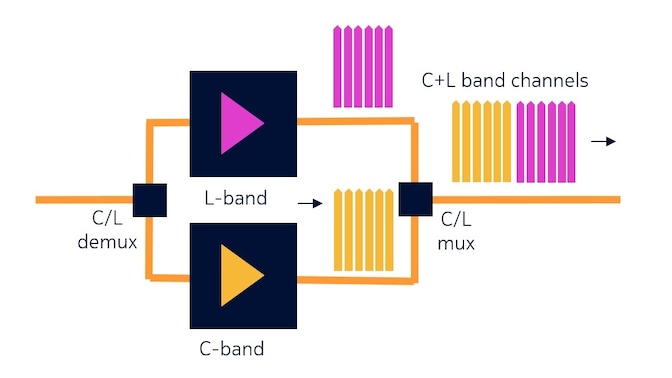
C+L band operation expands the optical fiber spectrum available for the transport of coherent wavelengths, and doubles the total WDM capacity of an optical network. WDM multiplexing, optical amplification, and ROADM/WSS functions are supported in C-band and L-bands, and can be combined to provide continuous operation across both C+L bands.
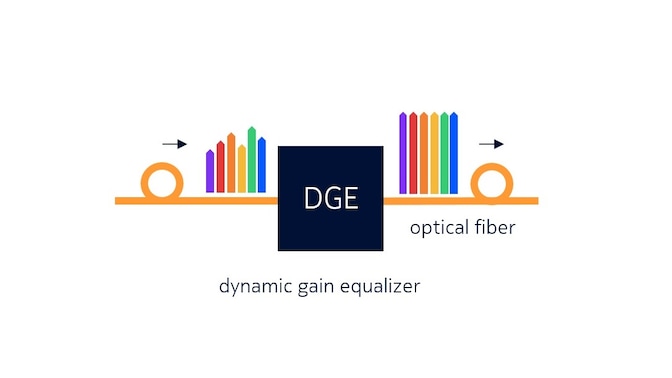
Dynamic gain equalization (DGE) integrated into optical amplifiers and ROADMs ensures that the power levels of all WDM channels operate within optimized limits to maximize performance.
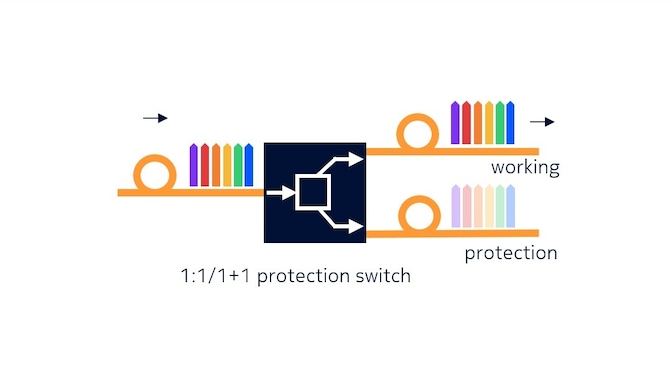
Optical Protection Switching (OPS) supports rapid re-direction of a single or multiple channels to an alternative fiber path. This provides 1+1 traffic protection against fiber cuts or line-side equipment failure, while reducing network cost by avoiding the need for duplicate 1:1 transport interfaces.
ROADM and wavelength switching solutions
Nokia’s integrated ROADM (iROADM/iR) family provides an industry-leading portfolio of compact and application-optimized ROADMs. Our iROADM solutions integrate multiple functions including wavelength switches, optical amplifiers, optical channel monitors (OCM) and dynamic gain equalization, all in a single line-card. This integration enables greater nodal automation and simplifies deployment and sparing.
Our iROADM/iR family provides options for 4, 9, 20 and 32-direction wavelength switching, support integrated DGE functionality and flexible ITU-T WDM grid spacings with flexgrid granularity. These options provide flexible wavelength add/drop and switching, from small nodes needing only limited wavelength add/drop across few directions, to large core nodes supporting high add/drop port counts across many fiber directions. Multiple stand-alone or integrated OTDR options provide the needed tool for testing and trouble-shooting optical fiber links.
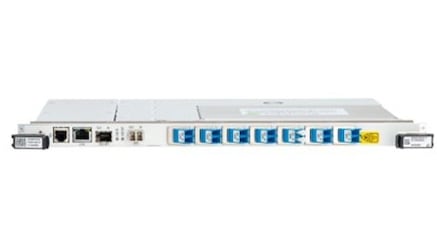
iR4
- Optimized for access / metro applications
- Up to 4 switching directions in C-band
- FlexGrid (C-F) & classic ROADM Mux/Demux
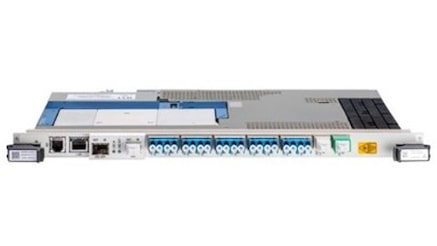
iR9
- Ideal for metro/regional/LH applications
- Up to 9 switching directions in C-band
- FlexGrid (C-F) & classic ROADM Mux/Demux
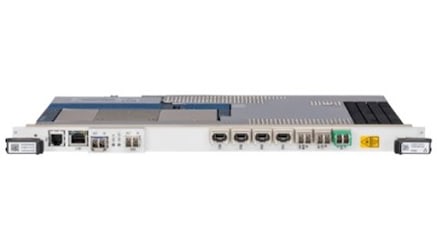
iROADM20
- Ideal for metro/regional/LH applications
- Up to 16 switching directions in C-Band
- CDC-F, C-F, and classic ROADM Mux/Demux
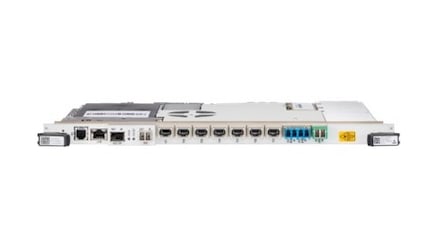
iROADM32
- Ideal for metro/regional/LH applications
- Up to 32 switching directions in both C and L-Bands
- CDC-F, C-F, and classic ROADM Mux/Demux
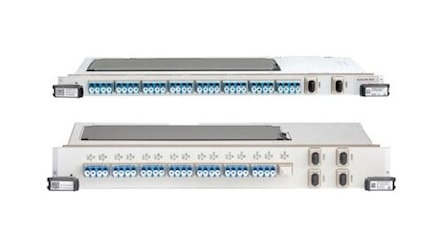
Multicast Switch
- High degree nodes with many add/drop channels
- Options for 8 and 16 degrees and up to 16 add/drop
- Support for CDC-F switching
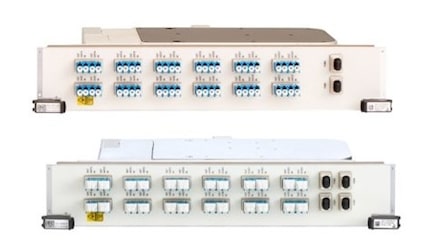
MxN WSS
- High degree nodes with many add/drop channels
- Options for 8 and 16 degrees and up to 24 add/drop
- Support for CDC-F switching
Our ROADMs can be combined when needed with multi-cast switches (MCS) or MxN Wavelength Selective Switches (WSS) to support a wide range of wavelength switching functions, including Colorless-Flexgrid (C-F), Colorless and Directionless (CD-F) and Colorless, Directionless and Contentionless (CDC-F) configurations.
The iROADM32 supports C and L band operation, and can be deployed in C-only, L-only, or in upgradeable C+L band configurations, depending on fiber type and scaling requirements, and supports in-service upgrade to C+L.
Support for C+L Band operation maximizes WDM network scale
Optical transport networks traditionally supported WDM over the C-band of optical fibers, typically between 1530 to 1565nm of the optical spectrum. This defined a total of 4800GHz of WDM spectrum available for optical transport, and correspondingly, the maximum number of WDM channels per fiber based on the WDM spectrum used for each channel.
Operation across the L-band doubles the available WDM spectrum by operating from 1570 to 1611nm. This enables network operators to further scale their optical networks before lighting a new fiber pair, or needing to deploy new fiber cables.
Nokia’s WDM optical line systems support a wide range of C-band and L-band options. C-band only systems are used for applications where ultimate scalability is not needed, while L-band only systems are used on fiber types where WDM operation in the C-band is limited or not possible.
Nokia also supports C+L line systems, enabling in-service migration to 9600GHz of WDM spectrum, which doubles network scale for high-capacity networks and applications.
Application-optimized platforms tailored to your network needs
Nokia’s WDM optical line systems are designed to deployed into both the 1830 PSS and PSI-L platforms.
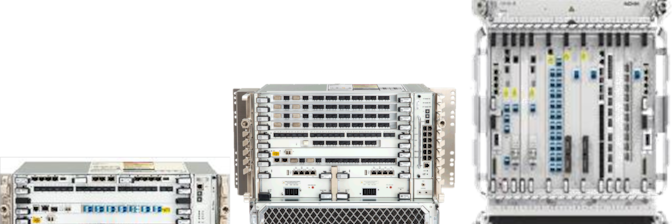
1830 PSS family
The PSS family of platforms supports the deployment of coherent transponders, integrated packet transport cards, and WDM optical line system functions into a common chassis.
The PSS family of chassis are optimized for telco applications and support a range of slot options and sizes, optimized for access/edge, metro, and core/long-haul applications.
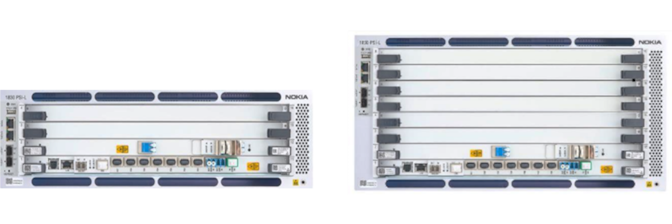
1830 PSI-L family
The PSI-L family of compact modular platforms support optical line system-only functions. This provides network operators a flexible stand-alone WDM optical line system solution to interconnect P-OTN switches, compact modular transponder platforms, or IP routers to support Coherent Routing.
The PSI-L family of chassis are optimized data center operation and form factors, and are available in a range of sizes optimized for access/metro, and core/long-haul applications.
Resources
Case studies
- Asia-Pacific carrier-neutral provider expands network coverage with application-optimized optical line systems that provide ultra-scale, flexibility and resilience
- Pan-African backbone network uses advanced optical transport technologies to provide scalable, reliable service coverage to a burgeoning region
Customer success story
Related products and solutions
Product
A compact modular platform that delivers scalability and flexibility to optical networking and DCI applications.
Product
Scalable optimized end-to-end optical transport solutions for DCI, metro, regional and long-haul networks.
Product
Scalable and efficient P-OTN switching for multi-protocol wholesale services
Learn more

Blog

Blog
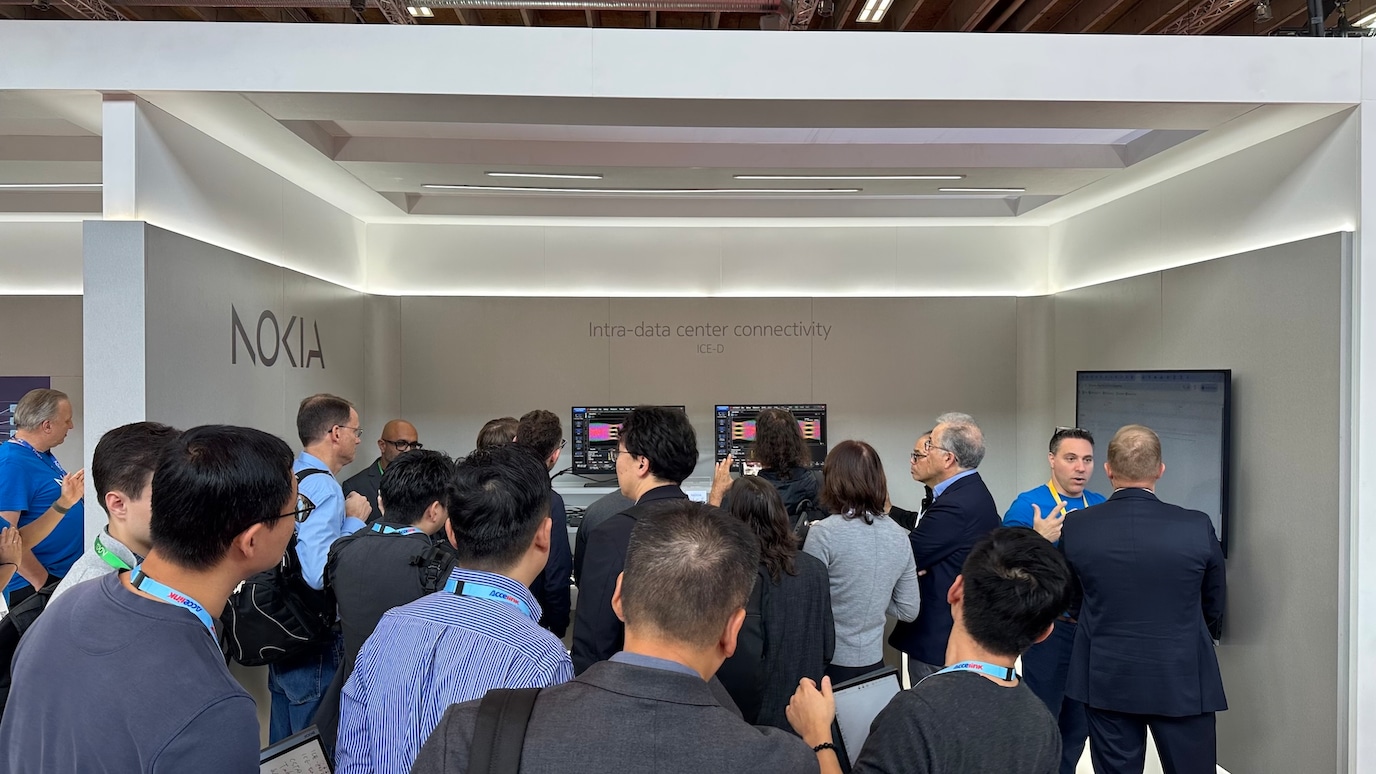
Blog

Blog

Case studies

Case studies

Data sheet

Blog
Ready to talk?
Please complete the form below.
The form is loading, please wait...
Thank you. We have received your inquiry. Please continue browsing.
